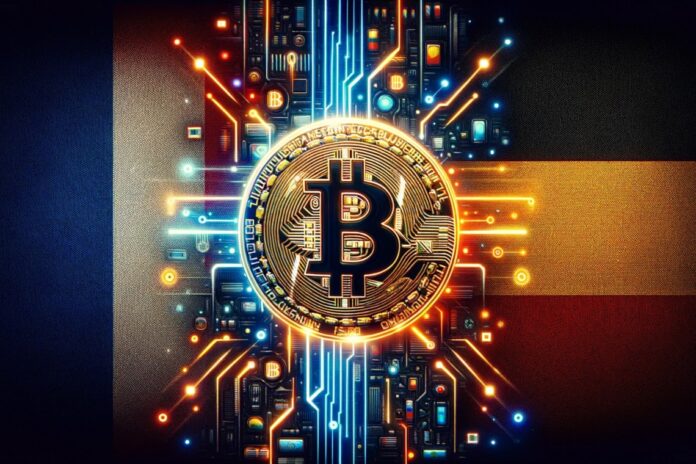Trezor has just launched new languages in the latest version of the wallet, finally including French, Spanish, and German through a firmware update.
The company is becoming increasingly international, opening up to new horizons in the European market.
The move reflects the growth of the non-custodial wallet sector, which following the crash of FTX in November 2022, has increased its user base at the expense of custodial solution providers.
All the details below.
Summary
Trezor adds three new languages in the new version of the device
Trezor, one of the leading global producers of non-custodial wallets, has just announced that it has added 3 new languages to its electronic signature device, expanding connections with the outside world.
From now on, thanks to an update of the firmware, it will be possible to use the Trezor software in French, German, and Spanish.

This “small” improvement of the product represents a fundamental milestone for the company, which can now reach a much larger number of users, driven by the growth in the cryptographic landscape that we are witnessing in the European (and beyond) market.
The introduction of these 3 new languages, in addition to the default English version, aims to allow an increasing number of people to take advantage of the standards of freedom and financial autonomy inherent in self-custoding methods self-custoding.
Considering that Spanish is spoken by almost 600 million people, French by 274 million, and German by 170 million, it is clear that this integration will positively contribute to the onboarding of new users.
Trezor has also revealed that starting from April it will also add the Czech language to its suite of digital products, in order to meet the needs of users in its home market, where one of the most innovative pro-bitcoin centers in the world is developing.
Matěj Žák, CEO of Trezor, while reaffirming the group’s mission, expressed his enthusiasm for the progress made. These are his words in the company’s press release:
“From the beginning, our mission at Trezor has been to extend access to Bitcoin to as wide an audience as possible, allowing people to buy, manage, and store it simply and securely. Allowing more people to use Trezor services in their preferred language is an important part of this commitment.”
However, we remember that with great power comes great responsibility: yesterday Trezor suffered a violation of its X account, on which contents were spread scam inviting users to click on malware links and spread their private key data.
The wallet team promptly blocked the attack and spread the news, but the fact remains that one of the entities that should be most careful in the field of cybersecurity has sadly managed to have a social media account hacked.
We hope that as the company grows and attracts new users, these incidents become increasingly rare and isolated.
The expansion of non-custodial practices at the expense of custodial ones
Over the years, in addition to adding new languages to their infrastructures, companies like Trezor have seen a significant increase in their user base conquering a market share that in the early days of the expansion of the cryptographic world belonged mainly to cryptocurrency exchanges.
The catalyzing event that brought more awareness about the risks associated with custodial wallets owned by exchanges, was the collapse of the giant FTX in November 2022.
From that moment on, many users who already belonged to the sector began to understand the true value of financial freedom, which does not include economic wealth but the possibility of operating in a trustless manner, moving towards self-custody tools.
Hardware wallets like Trezor, Ledger, BitBox, and Blockstream have seen an increase in device sales precisely because many users were burned by the collapse of the FTX exchange, losing all the fortune accumulated during the 2021 bull market.
Obviously then, as in every market growth phase and onboarding, newcomers who are now approaching the crypto world for the first time will use the classic exchanges because they are cheaper, simpler and more intuitive to use.
This in fact justifies the parallel growth recorded by exchanges in recent years, with more and more entities interested in taking a step into this sector, especially after the opening of the Bitcoin spot ETF on Wall Street.
Anyway, despite the various difficulties in emerging against a market that is clearly more advantaged, we can say that the parent companies producing hardware wallets like Trezor are growing visibly.
The only real barrier that could hinder the mainstream adoption of non-custodial practices is represented by the difficulty of use and understanding of these products.
If signature devices become easier to use, we could imagine a future where most participants hold their own cryptocurrencies in private wallets (hardware or software)
Meanwhile, as the cryptographic landscape evolves, we notice how decentralized exchanges (usable from non-custodial wallets) are experiencing increases in trading volumes, putting a brake on the surge in volumes on CEX.




